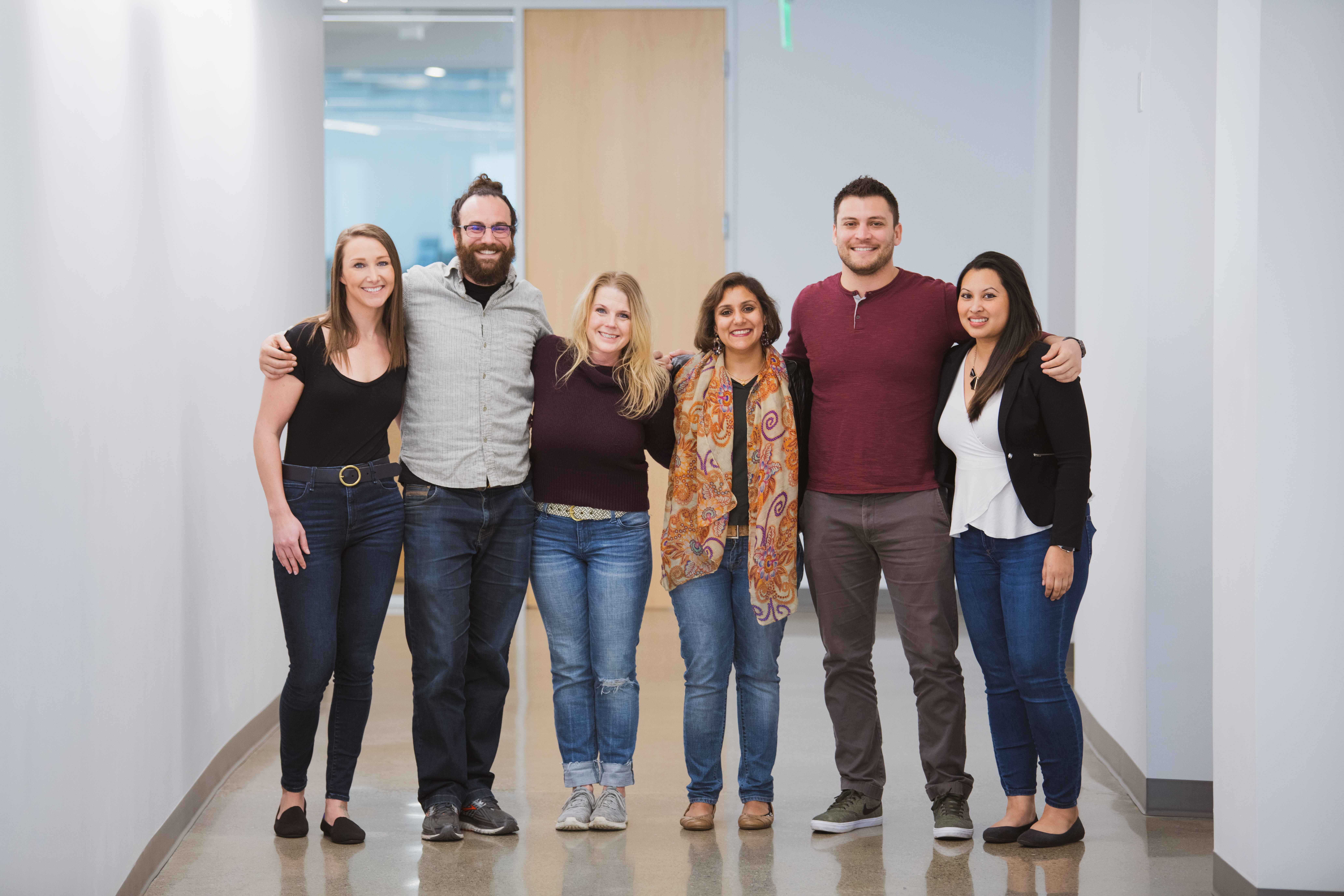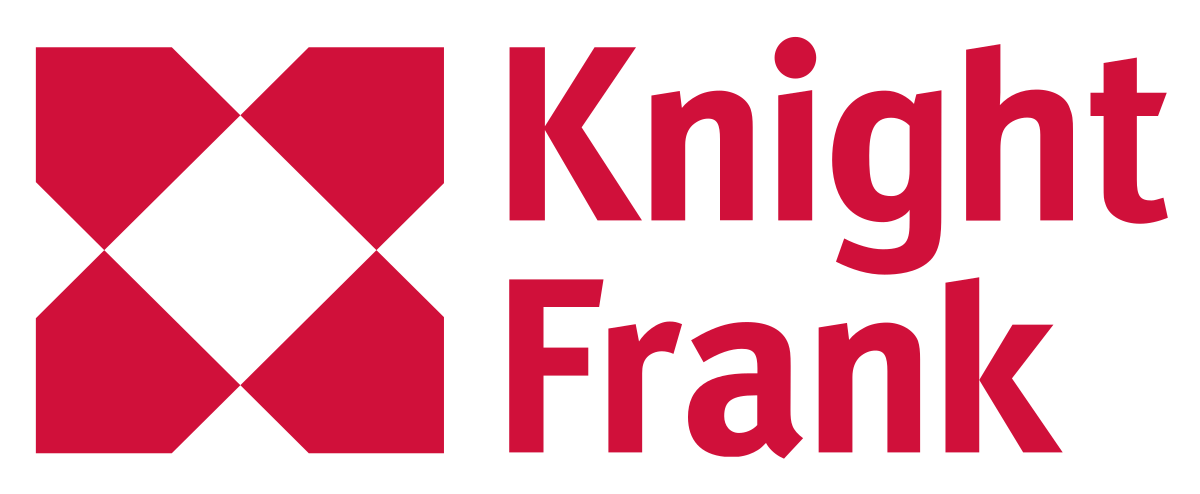Tanium automates processes to more efficiently deliver network endpoint management and security for a fast-growing customer base
With Smartsheet, Tanium can standardize processes and automate manual tasks to scale with rapid business growth.

"My boss, the global head of facilities, real estate, and security, was looking at my Smartsheet dashboards whenever he got a question from a VIP. He didn’t have to send me an email or have me go in and pull information; Smartsheet was doing the work automatically. It removes all the anxiety of being asked the questions that come up on a regular basis, because you just proactively create your metrics for every effort that you work on. And then you can send the link: This is the answer to your question, and 50 more you may have."
Facilities & Real Estate, Tanium
Tanium helps the world’s largest private and public sector organizations manage and secure endpoints on their networks, giving them visibility to identify and address compliance, licensing, configuration, authorization, and security issues. With the COVID-19 pandemic forcing millions of employees to work remotely, endpoint security has become even more crucial, and Tanium has been growing rapidly to meet customers’ needs. Smartsheet helps Tanium scale its work processes such as project management to be more efficient and consistent, enabling staff to support their colleagues without overextending their own teams and systems.
“Becoming more efficient doesn’t mean automating away the need for a position,” says Hunter Outlaw, now program manager, IT, at Tanium. “If we’re all working at full, and sometimes more than full, capacity, quality is inherently going to suffer. Any way we can decrease the number of touch points that have to occur — perhaps something as simple as manually sending reminders to a contractor — can have a compounding effect that wastes a lot of time. Being able to automate notifications and requests lets you get down to a manageable workload so that you can focus on innovation and giving more value on your job.”
Standardizing processes while tailoring individual projects
Outlaw first joined Tanium as a member of the real estate and facilities team, where he discovered Smartsheet when he was looking for a tool to standardize project management. He loved the fact that he could use Smartsheet Control Center to create consistent templates that were easy to customize for the unique needs of each new project. He also found it invaluable to create a unified view of everything taking place across the team while surfacing the top priorities for any given day. Now he takes a similar approach with IT projects and programs, establishing processes that can be easily customized to automate and advance everything that needs to happen in a complex sequence.
“There are all kinds of tools to help you manage projects for a specific industry, but the challenge is that the projects are all different,” Outlaw says. “You might think commercial real estate is cookie-cutter, but it can be ripping and replacing a 320,000-square-yard parking lot, or building a clean room data center. These cut and dried solutions just can’t take into account all the minutiae that come from differing projects. With Smartsheet I can make things structured and create templates, but also have the freedom to add a line or change the title of a parent task and then change its children, without having to ask a back-end coder to make those changes — if I even had the authority or the budget to ask for it.”
Recently, Outlaw worked with Tanium’s Governance, Risk, and Compliance Management team (GRC) to correlate risk reporting. The existing process involved manually fielding risk reports through email, phone calls, instant messages and even in-person conversations. After assessing and remapping the risk management process, GRC developed a form-based Smartsheet solution with consistent data requirements that uses automated pathways to prioritize and route each issue. Smartsheet allows the team to correlate indicators from across the business and pair it with real-time data from Tanium’s own systems. It creates a holistic picture of risk that isn’t being tracked in isolation.
“Taking all the information that comes in for a specific concern and forcing it into a funnel increases the speed with which we can analyze it,” Outlaw says. “Instead of pulling keywords out of a paragraph or reading between the lines, we’ve got drop-downs that help us figure out what the submitter is really concerned about: What objective of ours is impacted? What asset does it impact? What are the implications? Then we can report and act on the data much faster, and it’s correlated and organized so we can quickly see trends.”
Increasing accountability through automation
Outlaw says the automation in Smartsheet improves accountability by serving as a standardized component supporting the build-out of project management office (PMO) processes. Teams can create solutions that automatically assign tasks to particular people based on defined criteria. In many cases the solution outlines processes for executing a task. Meetings can be used to learn more and brainstorm approaches, not just to decide who is responsible for figuring out what happens next.
“A real benefit that directly ties to cost is the social looping effect,” Outlaw says. “All of us on a given call might be presented with a very complex task. If no one’s told explicitly, ‘You own this and here are the steps it has to go through,’ it can slip to the bottom of the priority list. Not because it’s not important, but because we don’t understand who needs to act, what to do and how long it’s going to take. You can use Smartsheet to create quality control stations and decision gates to say ‘This is in a queue; someone needs to pick it up and do X, Y and Z.’ That creates accountability and removes potential for cognitive dissonance. I know this is an elephant — but at least I know how many bites it’s going to take me to eat it.”
Many Tanium projects require cross-team collaboration, so defining which roles manage particular tasks prevents confusion about which team is responsible for the next step. By mapping out processes in detail and connecting them through automated sequences in Smartsheet, Tanium simplifies what can be simplified in complex workloads.
“I think people naturally take the path of least resistance,” Outlaw says. “As a leader building tools and trying to enable success, it’s your duty to help align the path of least resistance with the business objective. If I need people to give me their attention and act on things, it needs to be easier for them to do that than not to do that. Creating an organized sequence of events with automation and approval workflows helps make that happen.”
Planning strategically for growth with real-time insight into data
Visibility is one of the most important results of standardized and streamlined process management, Outlaw says. Tanium uses dashboards to aggregate and visualize data so that stakeholders can see at-risk projects, budget performance, and developing trends that could affect the business. Because these dashboards represent real-time information, they free employees from having to stop what they’re doing to answer questions.
“I think anyone using Smartsheet should just spend five minutes creating a metrics page,” Outlaw says. “Very simple metrics, like what I have budgeted versus what I have spent, how many tasks I have at risk, or the types of projects coming into my team. That data can help you see trends that are incredibly valuable — particularly if you build process around the results. If we’ve got a constant growth curve for IT projects, that lets me know it’s probably going to be a busy couple of months and I need to plan for that, which I may not see if I’m in the weeds. Figure out what you want upfront, build your solution so it communicates live information, and you’ll never have incorrect or out-of-date data or have to wait for someone to give something to you before you can make a decision.”
For more information about this story, please see our case study.




